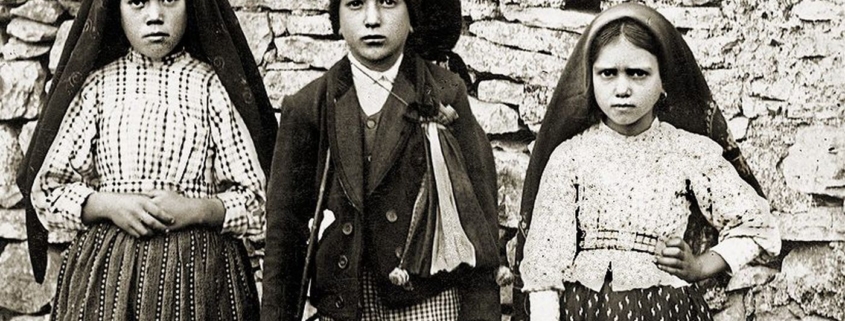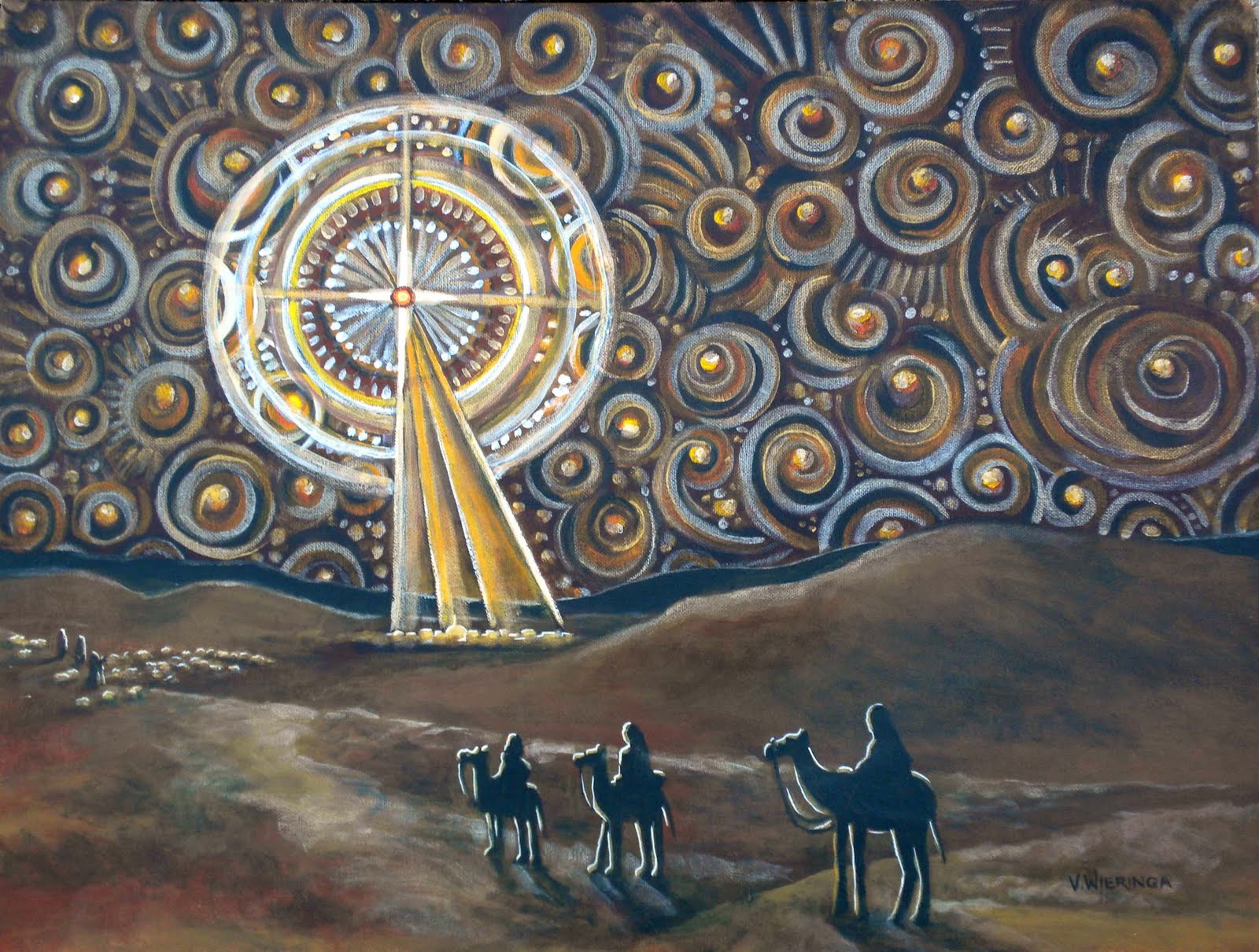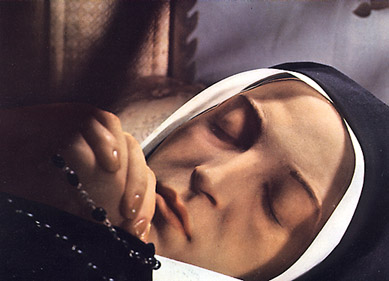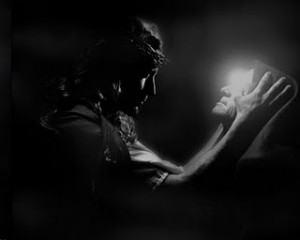Katherine Arcement, writing in the Washington Post two years ago today, which marked the centenary of the first Marian apparition in Fatima:
The Virgin Mary appeared to the children on May 13, 1917 as “a lady dressed in white, shining brighter than the sun, giving out rays of clear and intense light,” dos Santos wrote. She promised to come to the children on the 13th of each month.
Jacinta told her mother about it. While her siblings joked about the apparition, her alarmed mother hauled her in front of their parish priest to recant. She would not.
News of the visions spread by word of mouth, and the following month a small crowd waited with the children to witness the second apparition June 13. At the third sighting, on July 13, the children said the Virgin Mary revealed three secrets to them about the future.
Interest in what was happening in Fatima grew more intense.
On Aug. 13, the children were taken into custody by a state bureaucrat, who took them by car to Vila Nova de Ourem in hopes of getting them to recant their testimonies. Again, they would not.
Thousands of people began streaming to Cova da Iria, the site of the Virgin Mary apparitions. On Sept. 13, 30,000 people were present when dos Santos said the Virgin Mary told her, “In October I will perform a miracle so that all may believe.”
On that day, Oct. 13, 1917, the crowd of believers had swelled to 70,000.
About 2 p.m., some began to see what later became known in the Catholic Church as “the Miracle of the Sun.” The rains that had plagued the day ceased, and the sun emerged from behind clouds to spin and tremble for 10 minutes.“Before the astonished eyes of the crowd, whose aspect was biblical as they stood bareheaded, eagerly searching the sky, the sun trembled, made sudden incredible movements outside all cosmic laws — the sun ‘danced’ according to the typical expression of the people,” reported O Seculo, a Lisbon newspaper.
The strange phenomena included odd colors.
“Looking at the sun, I noticed that everything was becoming darkened. I looked first at the nearest objects and then extended my glance further afield as far as the horizon. I saw everything had assumed an amethyst color. Objects around me, the sky and the atmosphere, were of the same color. Everything both near and far had changed, taking on the color of old yellow damask,” said José Maria de Almeida Garrett, a science professor from Coimbra, Portugal, who was at the scene.
Onlookers from as far as 25 miles away noted the strange phenomena in the sky.
Following this event, the crowd and grounds, which had been soaked by those heavy rains, were, suddenly, bone-dry.
Of course, purely naturalistic theories have been proffered for the Miracle of the Sun, like this one, which, depending on one’s point of view, might require more faith to believe than that an actual miracle had occurred. Theories like these assume extreme gullibility on the part of those in attendance, including the secular publications which reported on these phenomena.
It should also be noted that the children were also threatened with physical torture by authorities (being boiled in oil) in an attempt to get them to recant, which they did not.
At any rate, it should be noted that no Catholic is required to believe in any Marian apparition — even those, like Fatima, Lourdes, and Guadalupe, that have been approved by the Church as worthy of belief. Why? Because they fall under the category of private revelation, whereas Catholics are only bound to believe in public revelation. Despite the fact that there have been public aspects to the events at Lourdes (the existence of the spring and healings), Guadalupe (the miraculous tilma), and, of course, Fatima, the associated supernatural apparitions and revelations were made to certain individuals. (I happen to think that there is convincing evidence to believe in these apparitions, but I’m not troubled if friends remain, for now, unconvinced).
Speaking of centenaries, this coming Monday, May 18th, marks the 100th anniversary of the birth of Pope St John Paul II, a towering figure of the 20th century who held that Our Lady of Fatima personally intervened to thwart the assassination attempt on his life made on this day in 1981. In fact, the Pontiff had the bullet, which came within millimetres of ending his life, placed within the crown of the statue of Our Lady of Fatima.
This frightening event was interpreted as the fulfillment of the “Third Secret” of Fatima which had been revealed to the children. The “First Secret” had to do with the end of WWI and the even greater destruction of WWII to follow; the “Second Secret” was a prophecy about the rise of Communism and the Soviet empire — an empire that John Paul II played a major role in dismantling.





